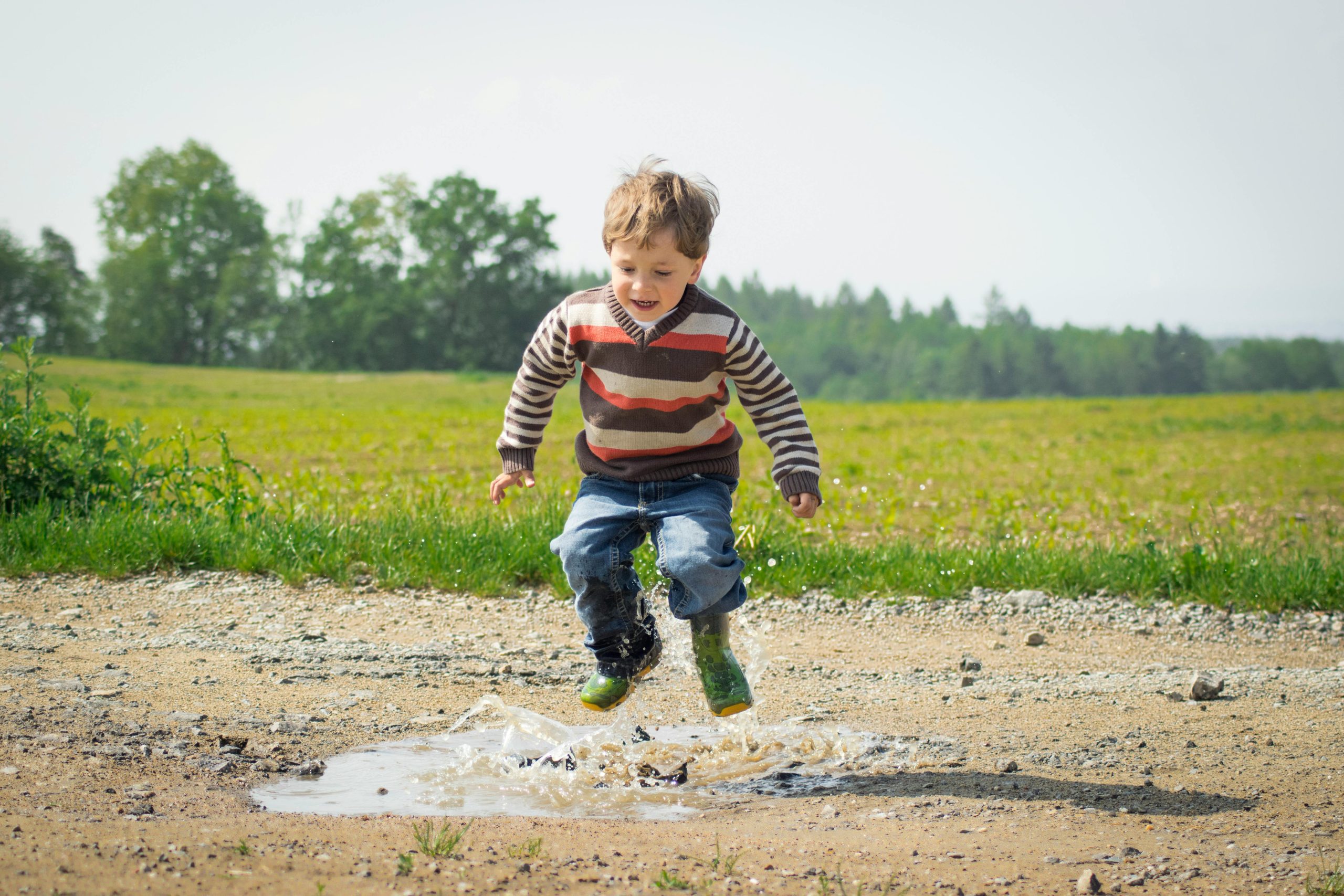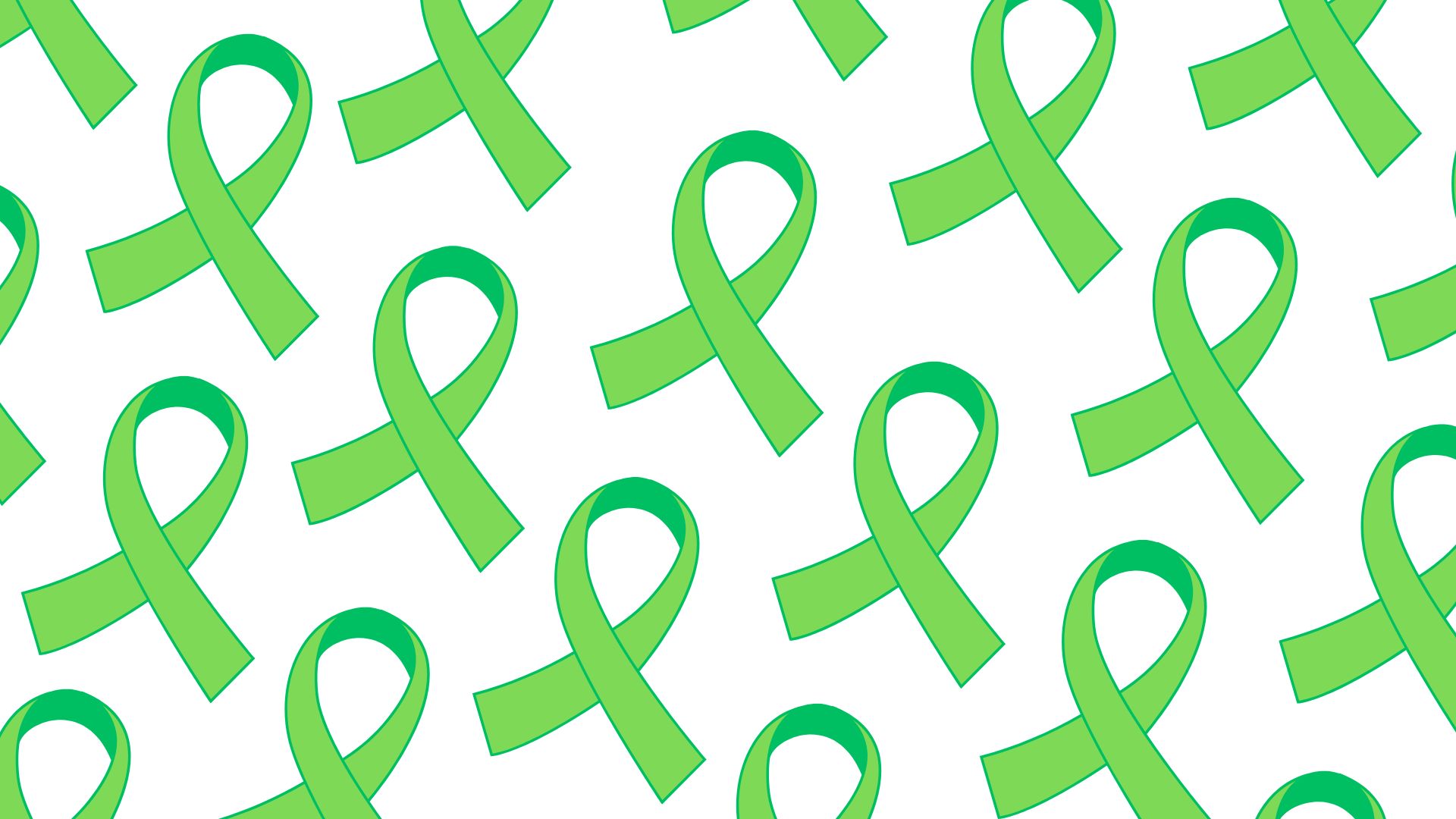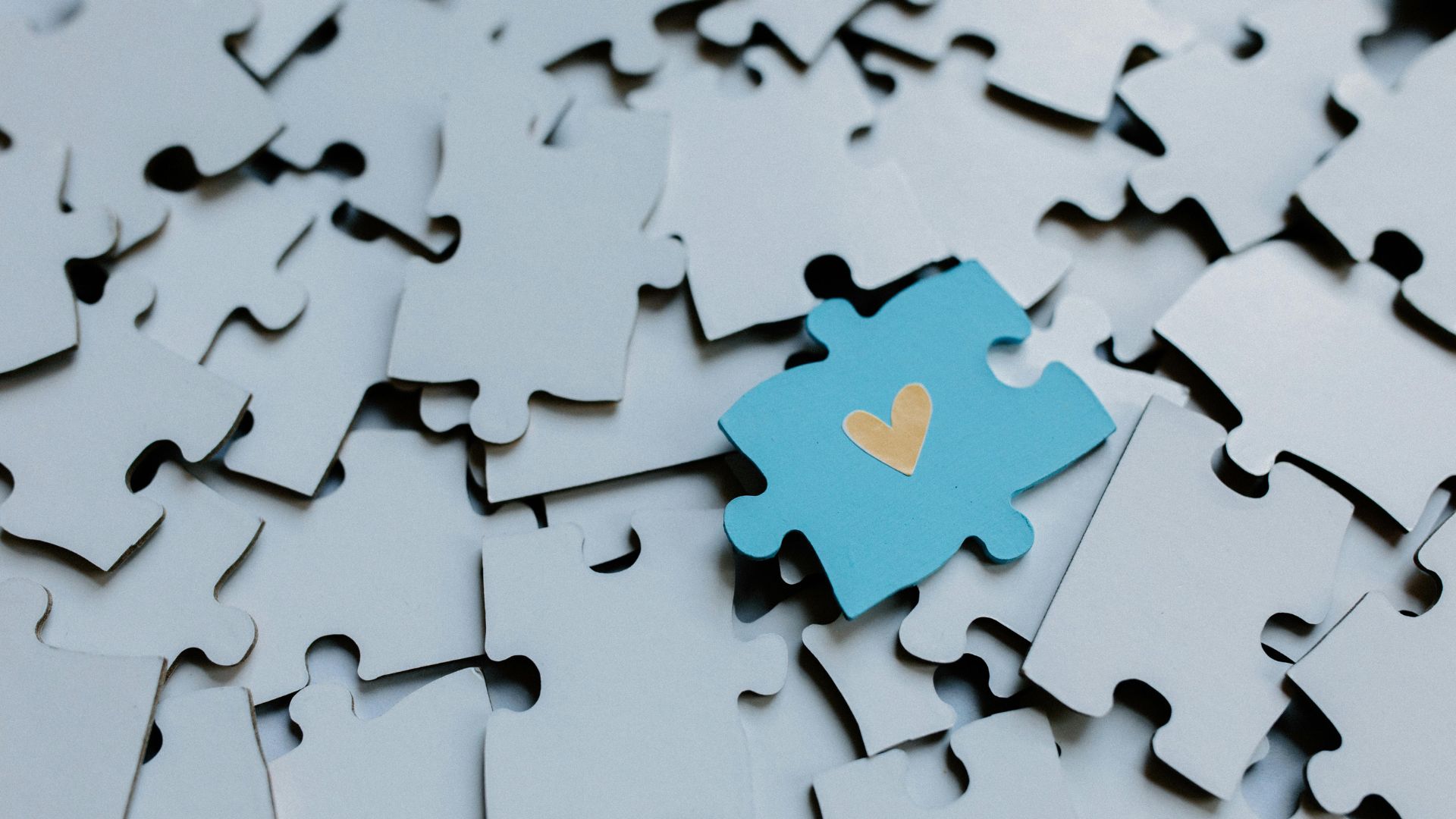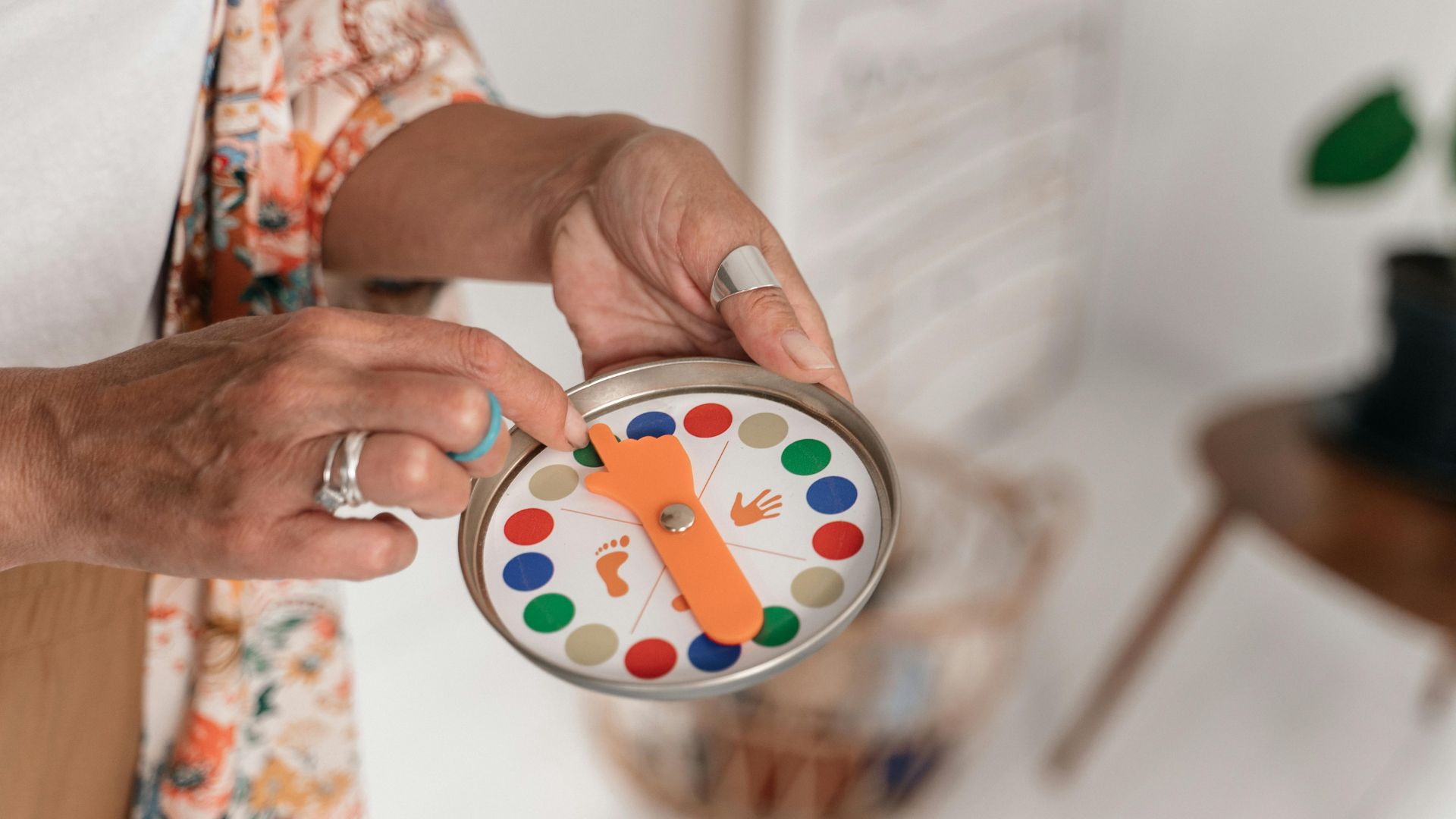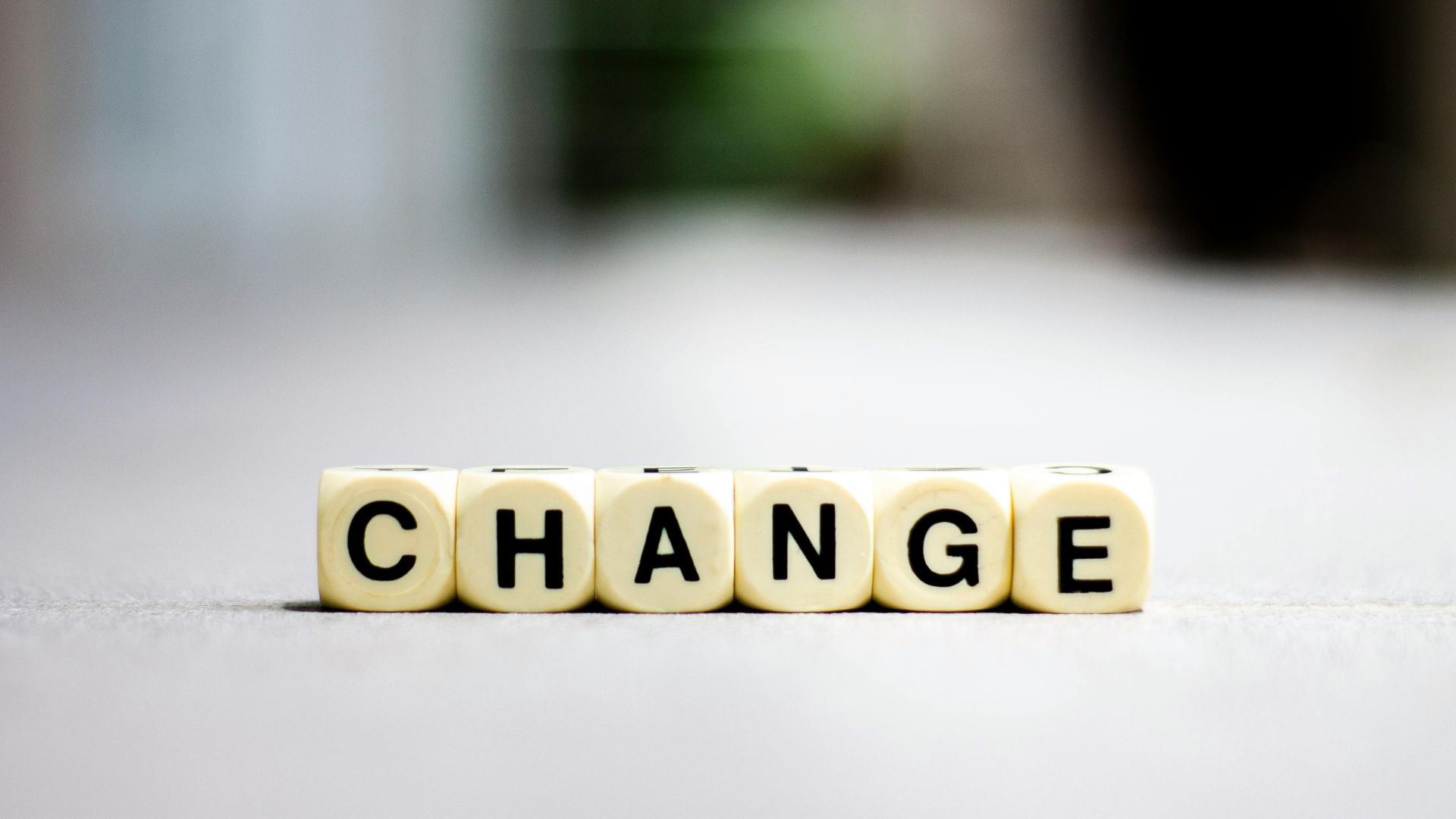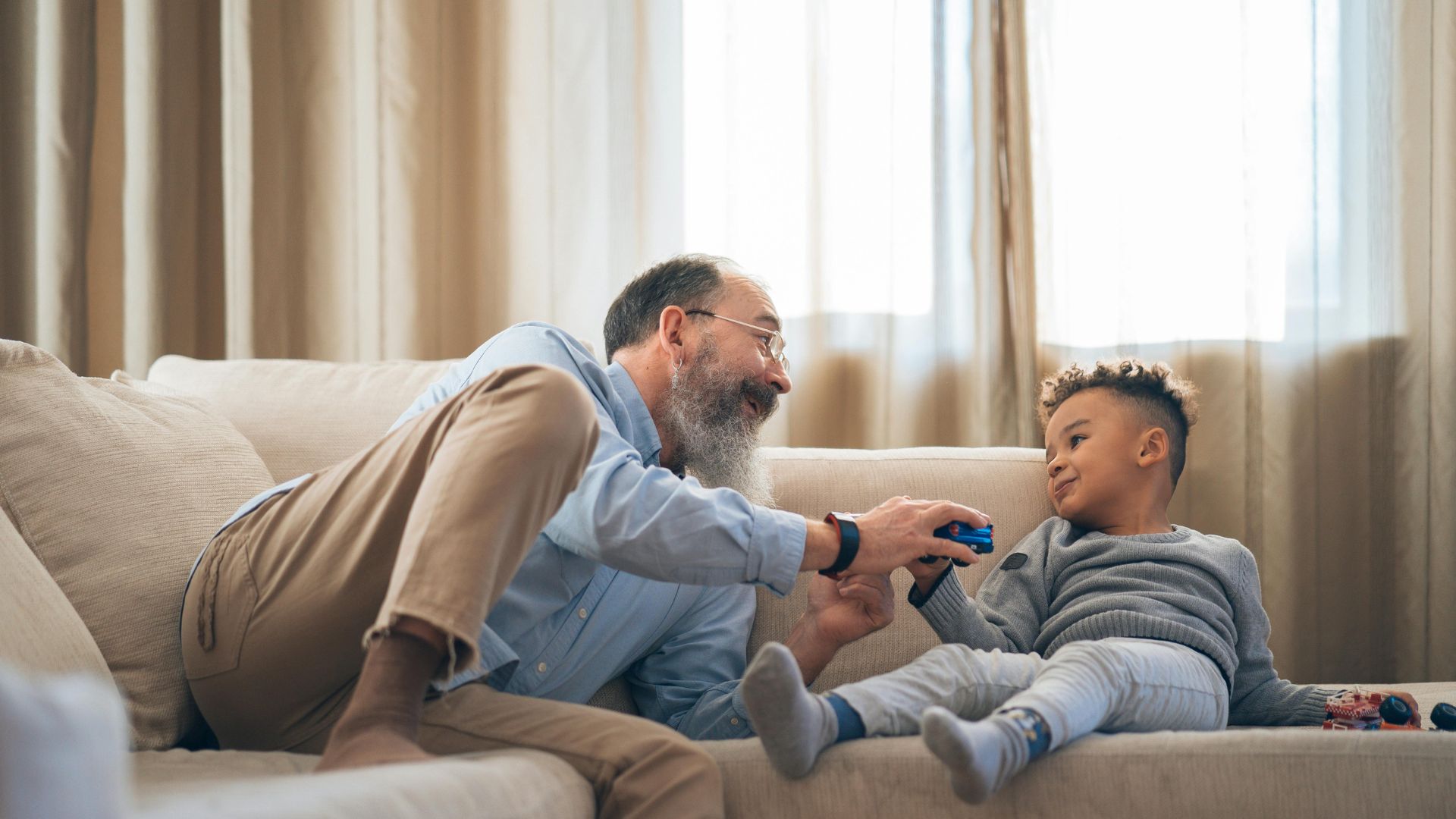Our Emotional Response to COVID-19 – The Grief Model
by Katya Musacchio, MS, LPCA
All you have to do is glance at any one of your social media feeds, and you’ll see the breadth of human response to the COVID-19 pandemic. Complex, human emotional diversity in all its glory is documented on Facebook, Instagram, Twitter, etc. Recently while reviewing my Facebook feed, I read about one friend’s disappointment at the cancelation of a much anticipated European family vacation, another friend’s complaints around the “COVID hysteria,” another’s anger towards the “irresponsible government response to the virus”, and a mother’s guilt around her inability to come up with creative indoor activities for her 3 children. Our world has changed in some of the most basic ways and we’re all, understandably, feeling a wide range of big emotions.
While we know intellectually that this pandemic will pass, we also sense the world will never be the same and things will be different. We are all experiencing these losses simultaneously as a community.
We’ve lost routine, a sense of normalcy, and the ability to interact in real life with others.
We’ve lost a sense of safety in terms of our health and our financial wellbeing. While we know intellectually that this pandemic will pass, we also sense the world will never be the same and things will be different. We are all experiencing these losses simultaneously as a community. Grief expert David Kessler, who co-wrote On Grief and Grieving: Finding the Meaning of Grief through the Five Stages of Loss, recently pointed out
“This is hitting us and we’re grieving. Collectively. We are not used to this kind of collective grief in the air” (Scott, 2020).
As pointed out above, each of us is experiencing our losses in the form of a wide range of emotions that can feel overwhelming, confusing, and/or paralyzing. But, if we apply the grief model, we can begin to understand the universality of our complex response to our present reality. In short, it may bring comfort to identify the feelings you have as grief and to further explore the established stages of grief: denial, anger, bargaining, despair, and acceptance. It is important to note, these stages are non-linear and fluid, meaning that they do not need to take place in any particular order, nor does an individual need to experience each stage, and stages often overlap. It is, rather, a loose way of organizing the diverse emotions/feelings that accompany the grieving process.
Grief Stages during COVID-19
Denial
Allows us to avoid our fear of the situation:
- The virus won’t hit my town hard, we are not densely populated like China
- It’s just like the flu, most people don’t get seriously ill from it
- This is just a media circus, it’s not that bad
- I am healthy, I’ll be fine
Anger
Anger is our way of attempting to control our fear; it allows us to externalize the fear and blame others:
- Blaming the Chinese government for the outbreak
- Blaming spread of virus on elected officials
- Accuse New Yorkers of spreading the virus to your hometown
- Frustration with the new restrictive rules – social distancing etc.
Bargaining
We accept the reality of the situation, but look for easier way out:
- This will be over by Easter and I can go on my family vacation
- I just have to be a little more careful and wash my hands more
- I will just avoid people who look sick and I’ll be fine
Despair & Depression
The reality of the situation sets in and denial is no longer possible:
- Life as I knew it is over, the world is going to be like this forever
- I can’t earn money and never will be able to again. I am going to become destitute
- The world economy is going to fail and we’re all doomed
- My family and I are all going to get the virus and die
Acceptance
We come to terms with reality and begin to develop our own way of managing it as best we can
- Establish/accept role you’ll play reducing spread of virus – washing hands, social distancing
- Develop alternative ways to meet your needs during this time– virtually connected with people, work as best you can from home, discover your own silver linings – ie. more time with family, pets, downtime
- Establish realistic expectations for yourself given your present reality– you may not be as efficient, and you may be more emotional, and this is both normal and acceptable
There is no correct way to grieve.
While it can be therapeutic to name our feelings as grief and recognize that the many emotions we experiencing are normal and part of a universal process, there is no correct way to grieve. Each individual’s grieving process will look different. Try not to compare yourself to another person’s process. Perhaps someone is reorganizing their closet to fill up their time, but if you prefer to pick up that novel you haven’t had time to read, go for it! To compare is often to despair. If you’re having a difficult day and can’t be as present for others as you’d like, give yourself a break. What is most important is to be kind and compassionate with yourself and those around you. Accept yourself and where you are in your process. It is where you are meant to be.
If you are looking for support during this challenging time, Shoreline Psychotherapy and Behavioral Health can help. We are presently offering confidential, telehealth sessions with user friendly videoconferencing that allows you to meet with a highly trained therapist from the safety of your own home. We care for clients of all ages and stages including young children, adolescents, adults, and families.
Written by Katya Musacchio, MS, LPCA
Berinato, Scott. (2020).The discomfort your feeling is grief. Harvard Business Review. Harvard Business Publishing. Web. 23 March 2020.


